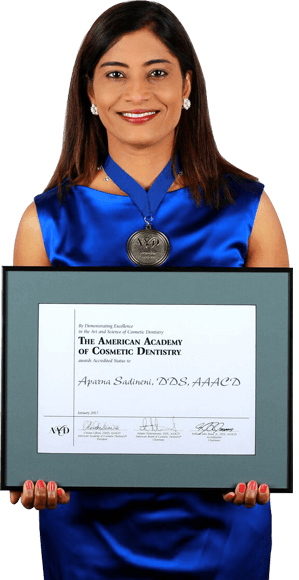
NOT MUCH WAS understood in Medieval England about cavities or gum disease, but they did care very much about keeping their breath fresh. They didn’t know about germs, and they believed that bad smells were infectious on their own, including bad breath.
The Masters of Masking Dental Problems With Smell
How did smell-based dental care work? Mostly by chewing spices. You can even find evidence of this practice in the Canterbury Tales. Chaucer’s characters keep their breath fresh by chewing cardamom and licorice. Women were sometimes recommended a mixture of aniseed, cumin, and fennel.
Rock-Hard Bread and Chipped Teeth
So which dental problems went unaddressed while all the focus was on breath? They didn’t have to worry about cavities too much because sugar wouldn’t enter their diets until the 1400s, but grinding flour between millstones tended to leave tiny bits of stone in their bread. You can imagine how much that could damage their teeth over time, and it was a big reason most adults would lose four to six teeth in their lifetimes.
Toothaches in the Middle Ages
What if you got a toothache? If you were rich, you could treat it with myrrh and opium. If not, you might be instructed to burn a mutton fat and sea holly seed candle very close to your tooth. This was supposed to make the “worms” inside the tooth fall out into a basin of water. (We’re very glad to live in the 21st century, where we know worms don’t cause toothaches.)
Fresh Breath in Modern Times
Today, we have the benefit of centuries more knowledge than people had in the middle ages. We know that bad breath isn’t the cause of dental problems but a symptom of them. The simplest and most common cause is leftover food particles stuck between our teeth after a meal. The bacteria in our mouths break down these particles, and the end result doesn’t smell good. We can combat this with a good daily hygiene routine.
Causes of Chronic Bad Breath
Chronic cases of bad breath (also called halitosis) might not be solved by good daily brushing and flossing habits. Halitosis may be caused by:
- Chronic conditions. Sometimes, bad breath is linked to conditions that seem unrelated, such as diabetes, liver or kidney disease, and acid reflux.
- Medications. A common side-effect of medications is dry mouth. Without saliva to wash away food particles and neutralize acid, the mouth is vulnerable to problems like bad breath.
- Mouth-breathing. Whether it happens by habit or because breathing through the nose is difficult, mouth-breathing tends to dry out the mouth, leading to the same problems as described above.
- Mouth, nose, and throat infections. Bad breath can be the result of increased mucous when we have a cold or a sinus infection.
- Pregnancy. Symptoms such as morning sickness and nausea can cause bad breath because of the extra acid in the mouth. This is also a problem for people struggling with bulimia.
- Tobacco products. Tobacco in any form leaves smelly chemicals in the mouth and can also dry it out. In addition, it increases the risk of oral cancer and gum disease, which negatively impact breath as well.
- Tooth decay and gum disease. Poor dental health often goes hand-in-hand with chronic bad breath because cavities and periodontitis are caused by the same bacteria that produces those nasty-smelling chemicals.
Keeping Your Breath Fresh
Even if strict oral hygiene isn’t enough to keep the bad breath completely at bay, it will help to manage it, and treating the underlying cause may be able to eliminate it. If you are a habitual mouth-breather, try breathing through your nose more. Quitting smoking will eliminate a major cause of bad breath. If dry mouth is the problem, chew sugar-free gum and mints to stimulate saliva production, sip water, and use a humidifier to help keep up the moisture.
























